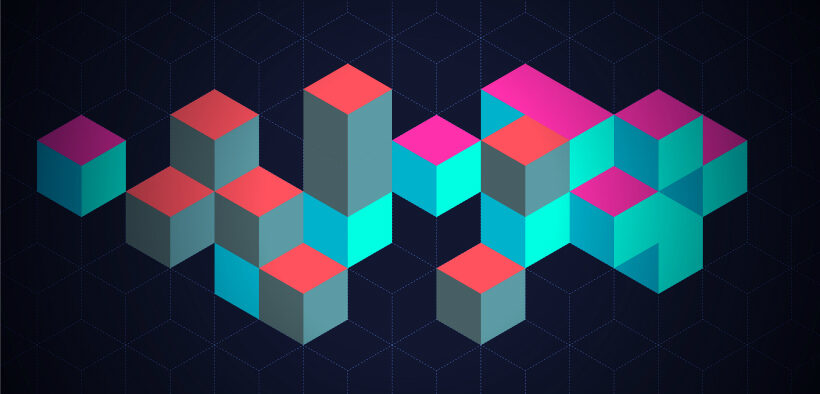One failure of the traditional face-to-face lecture is that it delivers learning content in large blocks—that is, in lengthy classes of normally 50–75 minutes. As Barbara Oakley and Terrence Sejnowski (2019) note, this violates the fundamental neurology of learning. When we learn, we first put information into our working memory, which resembles RAM memory in that it is not permanent. To make it permanent, we need to move it to our long-term memory, which is akin to a hard drive. This process requires pausing to think about the information.
Chunking Content: A Key to Learning

Related Articles
I have two loves: teaching and learning. Although I love them for different reasons, I’ve been passionate about...
College classrooms today include students from various backgrounds and experiences. The different experiences of students can create challenges...
Have you ever posed a question to a classroom full of students, leaving the recommended moment of silence...
In my classes, there is a reaction from my students that I have learned to wait for. It...
“Focus on what you can control” is hardly groundbreaking advice. Yet when I read David Gooblar’s version of...
AI can assist in nearly any teaching task, saving educators many hours of work while improving instruction via...







